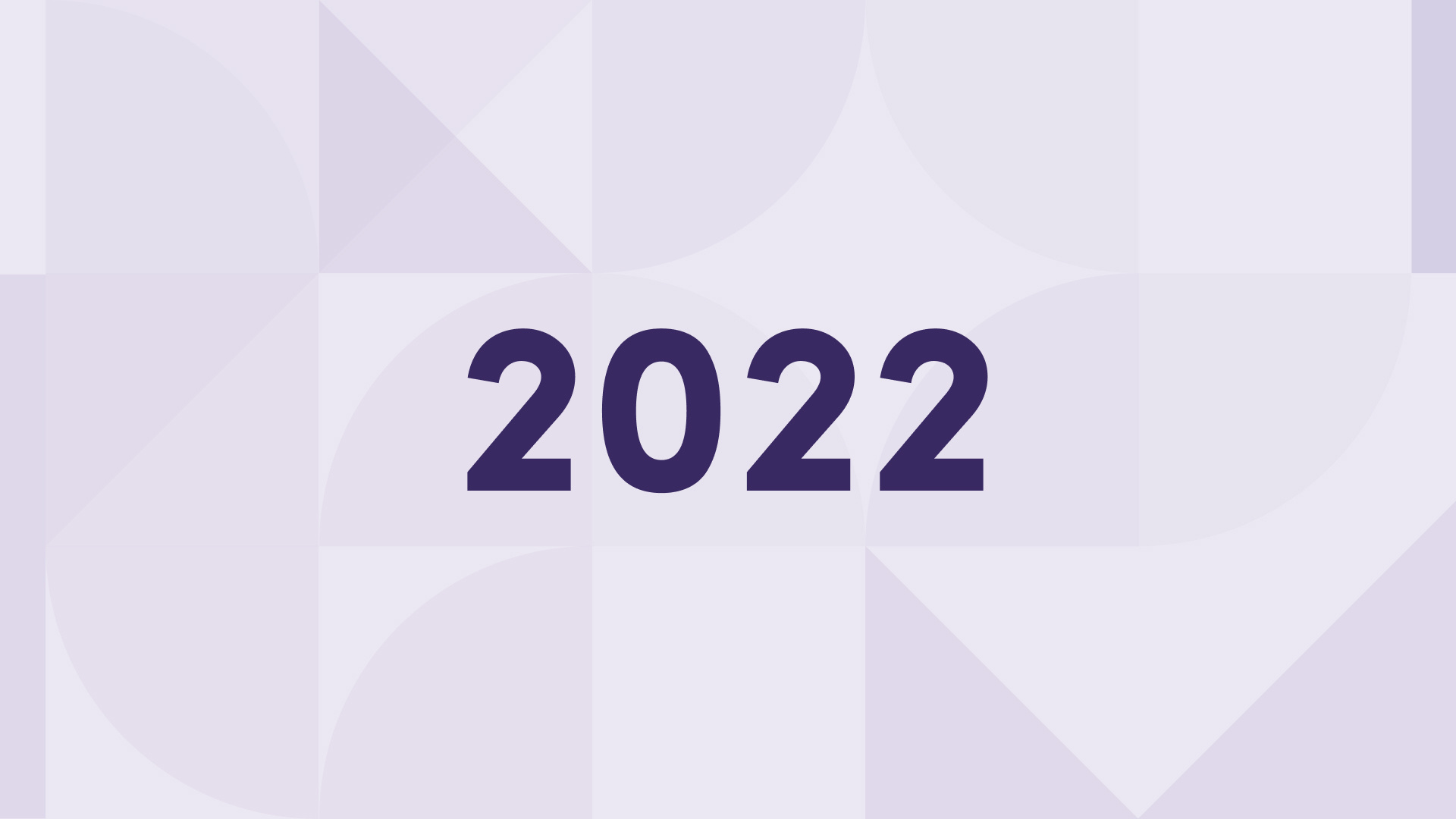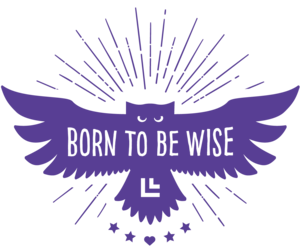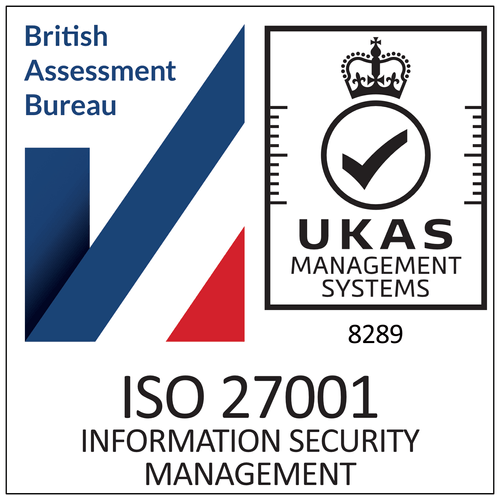Discover 7 Learning & Development (L&D) trends 2022 proving the importance of being a learning organization.
Curious about the 2023 trends?
Read our latest Learning & Development trend report
1. Reskilling and building critical skills
The rapid digitalization in the past couple of years has transformed the workplace. Many of the skills that were sought after five years ago may no longer be applicable in 2022. Needless to say, organizations desperately need to reskill and redeploy employees [1]. 59% of HR leaders prioritize building critical skills and competencies in 2022. 40% of them also say they struggle to build skill development solutions fast enough to meet the evolving skill needs [2].
Organizations have also become more skill-centric than ever. Company executives are now evaluating what skills are missing in their workforce. In 2022, organizations structure their talent strategies around skills, not just roles. The aim is to create a more adaptable organization. [1]
A learning organization is in a good position to build and rebuild skills. Even critical skills. The growth mindset and knowledge sharing culture promote the employees’ attitude and ability to adopt new skills. When learning is part of the company DNA, it is part of the daily work. This gives learning organizations a competitive advantage.
2. "Power skills" - business critical, but difficult to teach
"Power skills" are more important than ever. These skills include collaboration, communication, empathy and humility, etc. Although coined already in 2019, the pandemic has triggered a demand for these softer, human-centered skills. Research shows that people are willing to express their vulnerability when the environment is right. The pandemic has created just this. Leaders are trained on how to check in with their staff, listen to their challenges and provide them work flexibility.
Nurturing these skills can be challenging. Even defining them may be difficult as every company has its own context for these capabilities. Companies need to learn power skills together, in teams and with leaders. [1]
Achieving this, learning organizations are more likely to succeed. The adoption of modern learning technology supports internal knowledge sharing. Both top-down, bottom-up, and peer-to-peer. They also benefit from a combination of in-house produced courses and off-the-shelf content. This improves the understanding of both standardized definitions and internal applications of power skills.
3. Develop your talents and boost internal mobility
Organizations are recruiting internally to a much greater extent. Instead of only looking into the external candidate pool, they also source talents within the company. With a stronger focus on skills, experiences, and qualifications, organizations are less concerned with roles and job titles.
Not only is it difficult and expensive to hire externally. But if your organization can not retain talents, it will not be able to hire fast enough. In other words, the days of selling a candidate to a company are over. Welcome the days of developing and growing your talents [1].
Employees within learning organizations have tools to take ownership of their own development. Resources such as an internal knowledge academy develop skills and prepare employees for new responsibilities within the company. Efficient onboarding frameworks further promote internal mobility and streamline the transition between roles.
4. Growth opportunities improve the employee experience
The pandemic has had a negative impact on employee health. Anxiety, heavy workload and fear of losing one’s job are common causes of burnouts [3]. 85% of employees claim to have experienced higher levels of burnout. 40% reported adverse impacts on work-life balance [4].
Organizations in 2022 need to be proactive in making employee wellness a priority [3]. They need to upgrade employee experience initiatives and become growth-oriented, inclusive and supportive. A common trait of an irresistible organization is providing growth opportunities. Common initiatives include job and role mobility, career development, appropriate learning interventions and adopting a learning culture [1].
The growth opportunities provided by learning organizations contribute to a positive employee experience. An internal academy of optional courses give employees ownership of their own career development. A motivator far greater than both salaries and job titles.
5. Training and developing a hybrid workforce
The hybrid workplace is a well-accepted business practice. 92% of organizations expect some employees to work remotely [2]. Nearly 70% of the global workforce consists of remote workers [1]. The hybrid workplace is the main driver of change in 2022, as employees need new tools and flexibility to adapt [2].
Adapting to new work environments requires upskilling and reskilling. Training a hybrid workforce requires a flexible training infrastructure. It should cater for both on-site and remote workers.
A learning organization provides blended learning environments. Combining classroom training with online courses and virtual meetings, employees can learn both on-site and remotely. Being at the forefront of learning technology, they do not need to compromise with the learning experience.
6. Learning technology for both internal and external training
Organizations are beginning to maximize the areas of use for learning technology. As well as employee onboarding and internal skills development, they use it for external training. This could include both partner and customer training. Spreading the technology spend over a larger amount of training interventions, companies experience a cost benefit. This practice is also known as economies of scale.
There are other upsides of investing in external training. These include improved learning experience and speedier onboarding. When customers and partners understand and see value in your products or services, they are more likely to continue working with you.
Learning organizations have a modern and versatile learning infrastructure. Focussing on user-friendliness and learning experience, the environment suits a variety of learners and learning interventions. Including partner and customer training.
7. Niche platforms form an HR & L&D ecosystem
At Learnster, we have identified a growing demand for niche platforms among our peers and customers. Unlike multi-purpose HR and L&D technology, specialist platforms serve one sole purpose, in depth. A modern LMS is an example of a niche, specialist platform.
Although multi-purpose platforms offer the convenience of having all activities and information in one place, they will at times fail to meet your needs. Think of it as a generalist. They have skills and competencies within a range of different areas. But when faced with a complex situation, the specialist usually outperforms the generalist. The same goes for HR and L&D technology. Navigating the scope and complexity of HR & L&D space requires specialist tools. Combining and integrating these into one employee ecosystem is key to succeeding with your learning objectives in 2022.
Being knowledge-driven, learning organizations recognize the value of having dedicated resources for skills development. Having a niche platform, such as a modern LMS, is an integral part of their infrastructure. Integrating it with the organization’s HR systems, the ecosystem is one of the main enablers of learning organization.
Sources:
[1] Josh Bersin, Predictions for 2022: Everything Is About To Change
[2] Gartner for HR, Top 5 HR Trends and Priorities for 2022
[3] Forbes Emerging HR Trends For 2022 And Beyond




